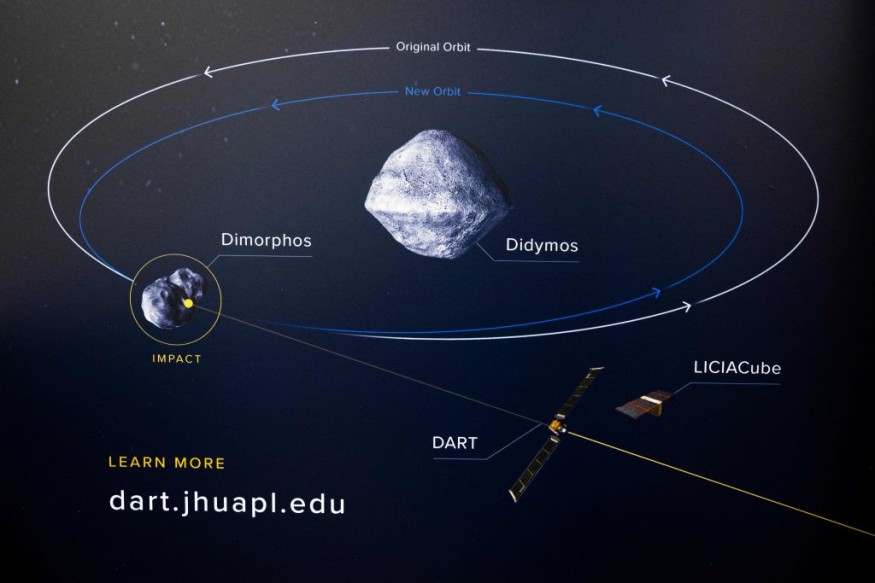An asteroid was successfully redirected by a spacecraft for the first time in history.
The feat was made possible when the National Aeronautics and Space Administration (NASA), through its Double Asteroid Redirection Test (DART) mission, directly hit the asteroid Dimorphos.
The asteroid collision took place on Monday, September 26, after the DART probe was flying in space for 10 months since its launch in 2021.
The asteroid deflection is the first-ever planetary defense test led by NASA as a means to measure the capability and effectiveness using physical force to deviate incoming space rocks hurling towards Earth.
Following the breakthrough asteroid redirection, NASA experts claimed that the success concerns all of humanity, which could reportedly face an imminent asteroid threat in the future based on projections.
Regardless of the DART spacecraft's intended purpose, NASA, along with other space authorities will still monitor the post-impact trajectory of the 530 feet (160 meters) Dimorphos.
The tracking will be based on the space body's relative orbit around the larger asteroid called Didymos, with the size of 2,560 feet (780 meter).
Neither of the two asteroids pose any threat to Earth but are still relevant for NASA's objective.
DART Spacecraft Asteroid Collision

Mission control in the Johns Hopkins Applied Physics Laboratory (APL) in Laurel, Maryland, announced the successful asteroid impact at 7:14 p.m. EDT (local time) on Monday.
NASA Administrator Bill Nelson stated that DART is a manifestation of an "unprecedented success" for planetary defense, and it is also a mission that brings real benefit for all humanity, as cited by NASA TV.
First Planetary Defense Test
According to Carolyn Ernst, a DART DRACO instrument scientist at APL, they will spend the succeeding months and years conducting analysis since the real work has just started, as cited by CNN.
The first planetary defense test also paves the way for a new era of humankind, an era where we can potentially protect ourselves from external threats like hazardous asteroid impact, according to Dr. Lori Glaze, the planetary science director of the space agency, as cited by the BBC.
The DART Mission
DART's is the binary asteroid system consisting of Didymos and Dimorphos, which was made evident as the mission was launched in November 2021 atop a SpaceX Falcon 9 rocket from the Vandenberg Space Force Base in California, United States.
The DART spacecraft was designed to impact an asteroid as part of a test technology of humankind's first planetary defense experiment, as mentioned earlier.
The DART mission is NASA's way of demonstrating its kinetic impactor technology, which uses kinetic energy impact as a sole means to adjust the speed and direction of an asteroid.
Prior to the asteroid deflection initiative, astronomers and space enthusiasts alike have thought of the imminent danger posed by a planet-killing asteroid, which is theoretically capable of wiping all life on Earth.
Once considered to be a hopeless case, NASA stated that the demonstration showed by DART indicates there is measure to prevent a direct asteroid hit on Earth.
© 2025 NatureWorldNews.com All rights reserved. Do not reproduce without permission.





